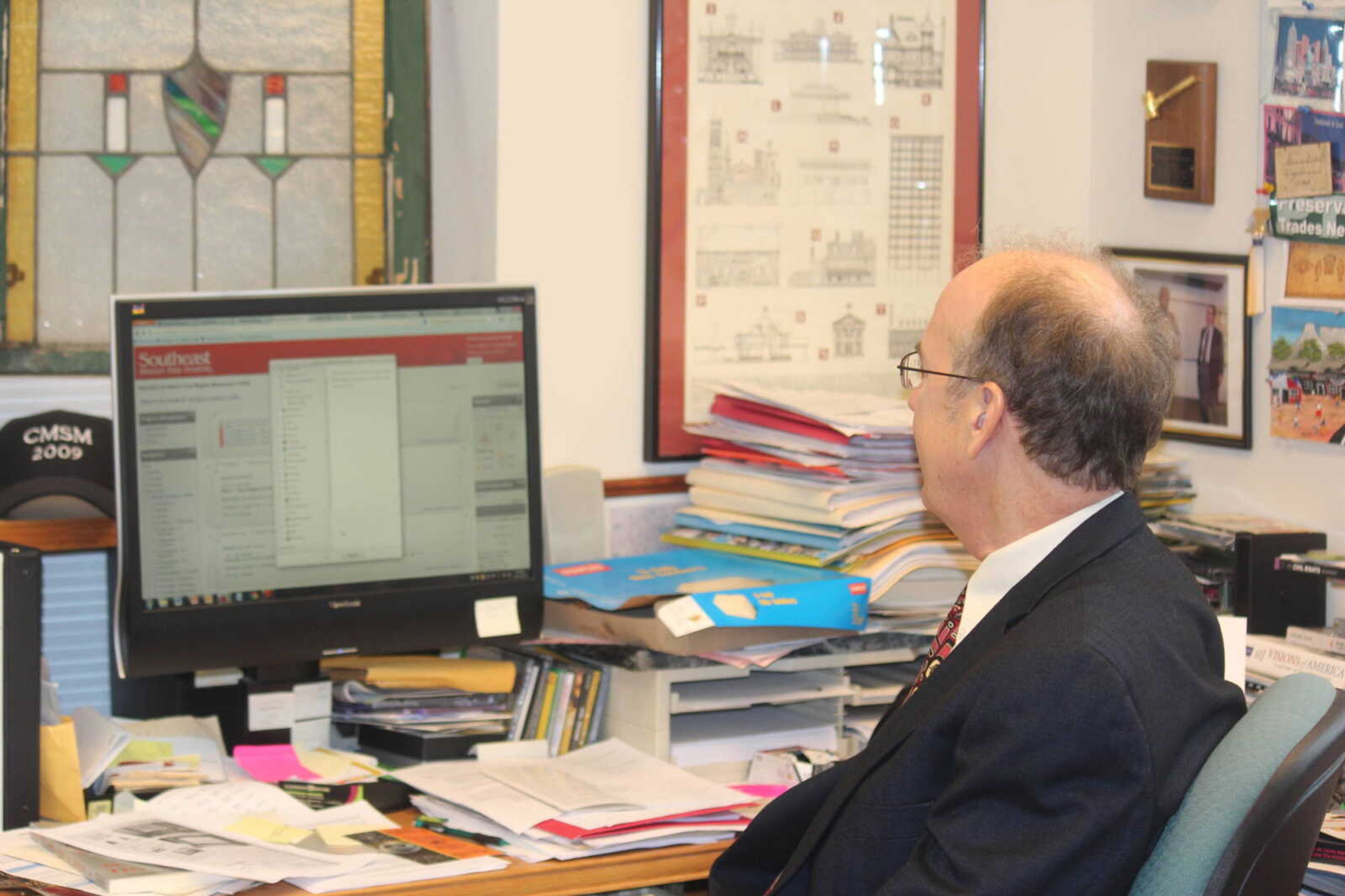Southeast seeks to lessen frustration with Moodle update
Southeast Missouri State University is striving to make sure students get the best online experience available. With the move from the learning management system to Moodle last year, much change has already occurred, but Southeast has a few more things in mind...
Southeast Missouri State University is striving to make sure students get the best online experience available. With the move from the learning management system to Moodle last year, much change has already occurred, but Southeast has a few more things in mind.
Beginning with the winter session courses Southeast's Moodle server will be moved to an on-campus location and Moodle will be upgraded to Moodle 2.5. Because of the move and upgrade, the learning.semo.edu web address will temporarily change to learning2.semo.edu until the start of the 2014 spring semester. At that time it will revert back to the normal web address.
Last year Moodle was contracted through a company out of state, which in return caused several issues for both students and faculty, including slow speeds and even blackouts. The hope is that Moodle will work more efficiently due to the move.
"There have been some outages and sometimes it's slow," associate dean of online learning Dr. Allen Gathman said. "When you have a cloud-hosted service there's always some latency, some delay and this happens with any website. We have experienced some fair number of outages with our current provider and other technical issues kind of behind the scenes. All of those are issues we feel we can address better here, locally."
For students, the changes will be almost completely visual, such as a location of a button that had previously been in another location on the site. As for professors, they will again find themselves having to transfer over their spring courses.
"It is a frustrating system to use, and it's very clunky, but once you figure all of that out it's fairly easy to use," professor of history and coordinator for the historic preservation program Dr. Steven Hoffman said. "We've got a really good technical team here. I mean, they have been trained to work with faculty, they have a real sensibility of academic computing. The support has been phenomenal."
Gathman is confident that professors will not only have help with the overall change but will have no problems adapting.
"It's going to look a little bit different because we have upgraded to Moodle 2.5. As a student, you'll notice some minor differences, and we've made some changes locally," Gathman said. "We've improved some of the icons and changed the layout a little bit. To the faculty member, there are behind the scenes changes in how some of the processes work for the faculty. I don't think any of those are going to be apparent to students, and we're providing faculty with training and guide sheets."
With the upgrade to Moodle 2.5 comes the complete shutdown of the OIS system by the end of this semester. The OIS program was created in the 1990's by two Southeast graduates and allowed current students many of the same options as Moodle does including uploading assignments, writing forum posts and taking tests.
"Basically the move to local servers will free up a lot of bandwidth, and it will make things run faster and more smoothly. Also it will be a lot easier to transfer registry information for enrolling in classes," Information Technology Committee student representative Cole Criddle said. "I think this is going to make things a lot easier for students. The only concern I've really heard is that for remote users if the power goes out, it's going to be a pretty annoying problem, but that's not really a persistent problem. That's just something that might happen from time to time."




